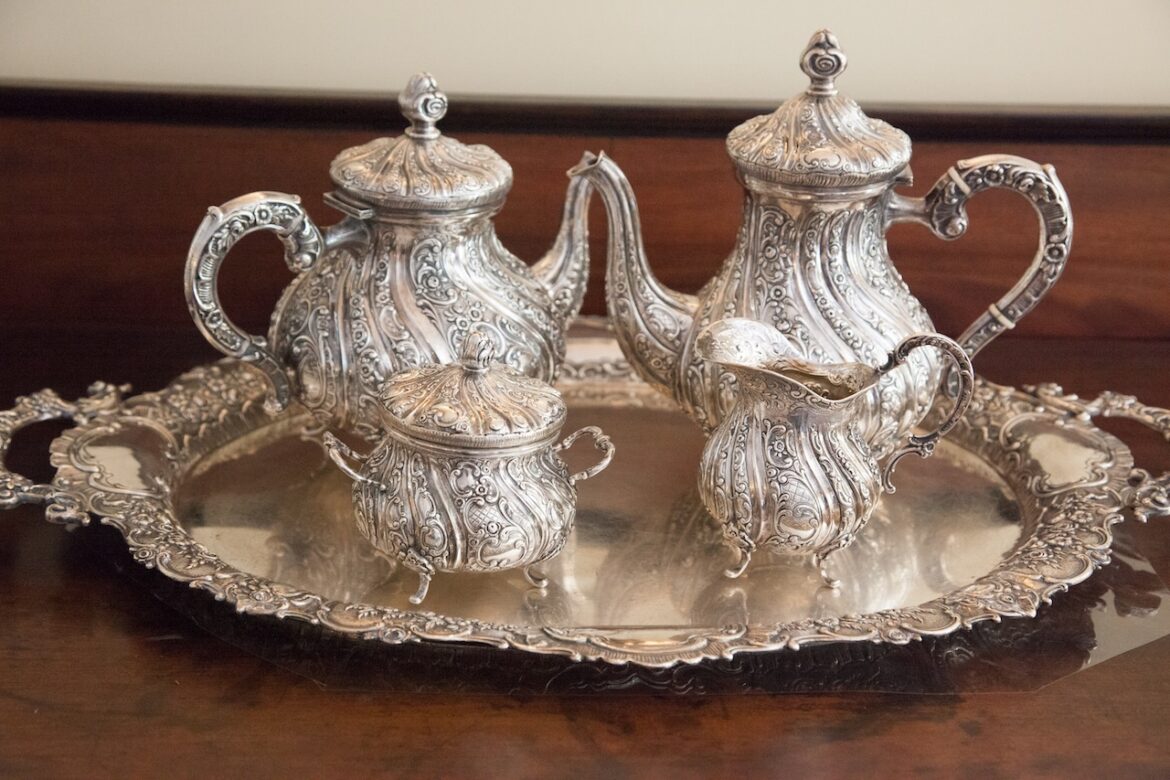Organizing an estate sale can be overwhelming, especially when there’s a deadline. Whether it’s due to a move, downsizing, or managing a loved one’s estate, juggling the tasks quickly can be stressful. While estate sale services can handle everything for you, a well-structured strategy will help you hold your own successful sale—even under time pressure. Here are seven essential tips.
1. Build Your Team
Don’t try to do everything yourself. Enlist family, friends, or temporary help to assist with sorting, pricing, setup, and managing the sale. Assign clear roles for efficiency—for example, one person sorts, another prices, and someone else sets up displays. Dividing tasks lets you move faster and reduces stress.
2. Sort and Categorize Quickly
With little time, fast decision-making is crucial. Sort all items into three groups: Keep, Sell, and Donate/Discard. Be decisive—anything broken or unlikely to sell should go straight to the discard pile. For sale items, organize by category to make both pricing and staging straightforward.
3. Price to Move
Your main goal is to sell as much as possible, not to maximize price on every item. For most things, set bargain prices and skip protracted haggling. Use a simple system—like colored stickers for different price points ($1, $5, $10)—to save time. Bundle low-value items into groups to clear them out quickly. For high-value or collectible pieces, do quick price checks online but remember that a fast sale often means a lower price.
4. Stage Like a Store
Present your home like a shop so customers can browse easily. Set up neat tables and shelves, and clear pathways in every room. Remove any personal items or things you’re keeping from the visible area to avoid confusion. A tidy, organized space is more attractive and easier for buyers to navigate, which means you’re more likely to sell items fast.
5. Market Widely and Effectively
On a tight timeline, marketing is all about maximizing visibility instantly. Post your sale on online platforms like EstateSales.net, Facebook Marketplace, and Craigslist. Use simple, clear listings that highlight big-ticket items, include photos, and share the address and times. Place large, legible signs at key intersections near the property on sale days to guide buyers in.
6. Streamline the Checkout
Prepare a dedicated checkout space near the exit. Have a table, plenty of small bills for change, and a calculator handy. Many buyers prefer cashless payments, so enable options like Venmo or PayPal if possible. Organize bags, boxes, and packing materials nearby to help customers carry away their purchases quickly, keeping the line moving and the atmosphere positive.
7. Plan for Unsold Items
No matter how well your sale goes, there will likely be leftovers. Decide in advance how to handle them: arrange for a local charity to collect donations right after the sale or contact a junk removal service for anything that can’t be given away. Having this plan eliminates post-sale headaches and allows you to wrap up quickly.
Know When to Seek Help
Successfully running an estate sale on a tight schedule is no easy feat. These tips can help you stay organized, attract buyers, and keep things running smoothly. But if the project becomes overwhelming, don’t hesitate to call in professional estate sale services. Their experience can relieve you of the burden and ensure that the process is hassle-free and as profitable as possible, even when time is short.
